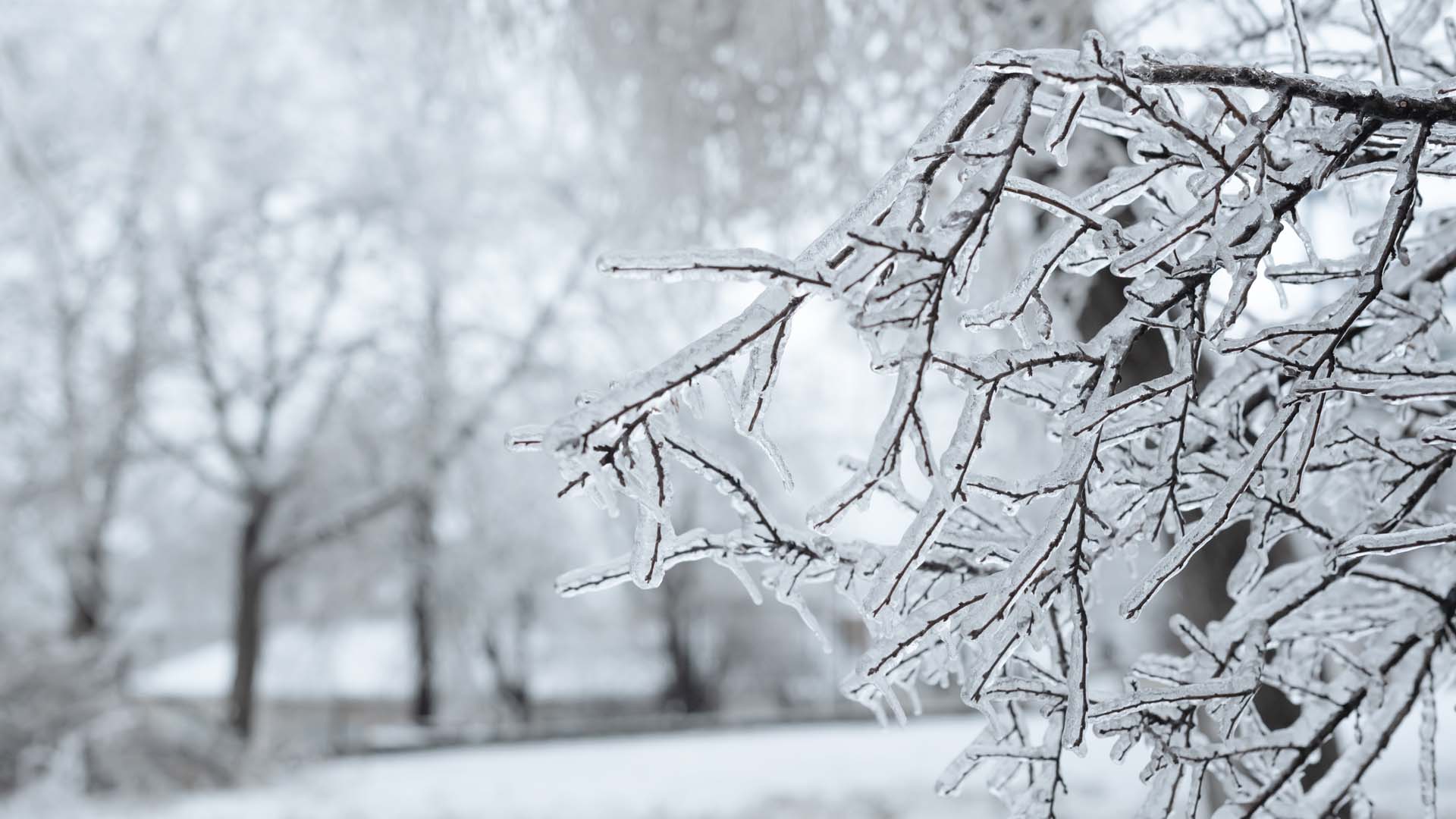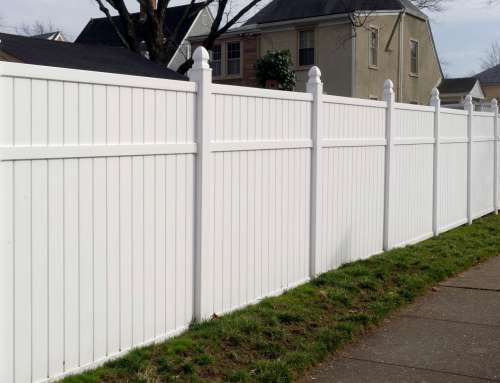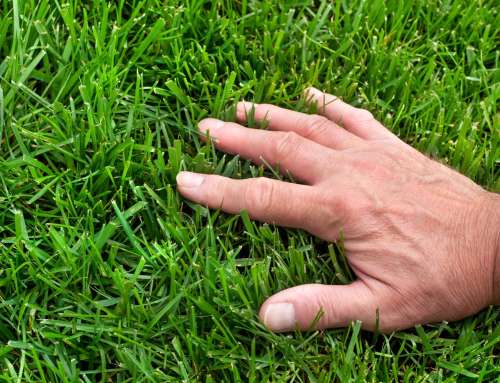As we escape winter’s cold and take cover indoors, the trees in your yard cannot seek refuge. Trees need some extra care to endure the wind, ice, and heavy snow of winter, and proper tree care ensures stronger, healthier trees in the spring. Winter inflicts damage in the form of split trunks, twisted and broken limbs, and even uprooted trees, leaving them vulnerable to insects and disease.
First, contrary to widely held belief, trees do require water during the winter. Although trees are dormant, they continue to absorb water through their roots for several reasons:
- Nutrient transport: nutrients are essential for growth and energy production which do not halt during winter.
- Cold protection: water within the tree’s cells act as a natural antifreeze.
- Root health: well-hydrated roots remain strong and are better equipped to withstand the challenges of winter weather.
- Stress resilience: appropriate hydration strengthens the tree’s ability to endure environmental stressors.
It is best to water your trees on days when the temperatures are above freezing. Keeping trees hydrated helps to reduce wind damage and winter burn.
In addition to watering, it is important to protect your trees from frost and extreme cold. Mulching around the base of the tree helps insulate the roots and conserve moisture. Be sure to leave a few inches of space between the trunk and the mulch so that it doesn’t touch the tree. This helps prevent rodents from nesting in the mulch and chewing on the tree’s bark.
Wrapping the trunks of young trees with tree wrap or burlap can prevent frost damage. Sunscald is another type of tree trunk damage that occurs when the tissue under tree bark heats up in the daytime and rapidly freezes in the evening. Wrapping trunks with a plastic tree guard offers optimal protection.
Although you can’t control the weather, you can take preventative measures to help reduce the damaging effects winter conditions have on your trees. Ice and snow that cover your trees add weight making branches heavy and increase the chance of them breaking off. Winter is the ideal time to prune, since trees are in their dormant period, and it is easier to see vulnerabilities with a bare canopy. Immediately following a storm, check for any structural issues with your trees. If you see damage, you can assume there is also hidden damage. If damaged trees or branches extend over your house or car, or even power lines, they are a safety hazard.
The tree professionals at Artistic Tree and Landscape Creations are available throughout the year for all your tree and landscape needs. During the winter months we offer our best pricing of the year on tree work.





